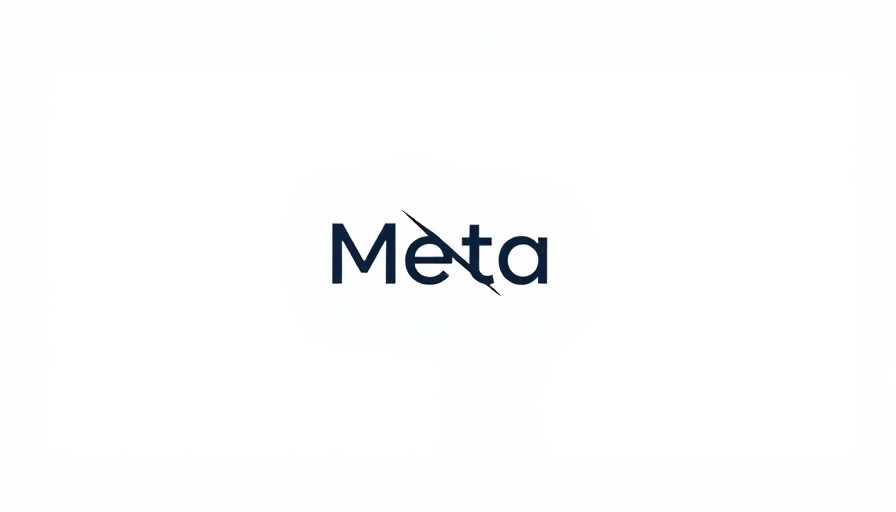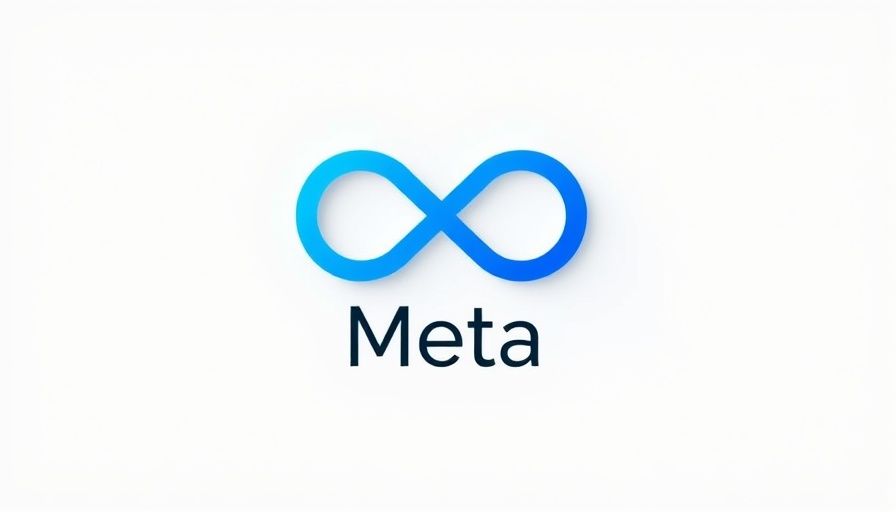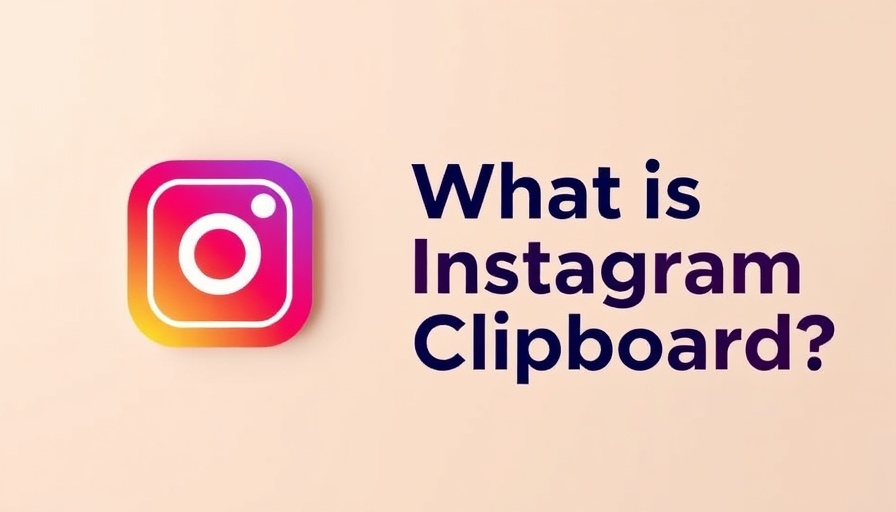
Meta's Bold Move Towards Advertising Transparency
In a reassuring stride for advertisers, Meta has officially received re-accreditation from the Media Ratings Council (MRC). This means its ad placement processes on popular platforms like Facebook and Instagram are now compliant with stringent standards for brand safety and measurement. But what does this mean for advertisers? With this accreditation, brands can have more confidence that their messages will not be placed alongside harmful or inappropriate content, thus protecting their brand reputation.
The Importance of Brand Safety Certification
Brand safety certifications serve as a crucial barrier against the misplacement of ads in unsuitable environments. Given the ever-changing landscape of social platforms, advertisers are understandably on edge about where their content ends up. The MRC diligently audits these systems, providing valuable checkpoints that help in instilling trust. As one of the key players, the MRC assures that all stakeholders can rely on the accuracy of ad placement reporting. After all, no one wants to see their engaging ad next to a controversy!
Unpacking the MRC Accreditation
As per the MRC's guidelines, the accreditation indicates that Meta has met the necessary benchmarks for media rating research. These include compliance with the enhanced content-level context and specific brand safety guidelines. However, it is interesting to note that while these processes are documented, they aren’t substantiated by actual live audits of ad placements. This makes it essential for advertisers to understand both the value and limits of such certifications.
The Exclusion of Misinformation: A Notable Caveat
Interestingly, within this latest review, the MRC pointedly excluded misinformation from its accreditation. This highlights a significant gap amid Meta's efforts as the company is currently reassessing how it moderates content across its platforms. By allowing greater freedom of speech, there's an apparent concern about the possible influx of misleading information. This situation poses a dilemma for brands: how to balance engaging users while maintaining ad safety. This point reinforces the idea that even with accreditations and checks, constant vigilance may still be necessary.
Holding Meta Accountable: The Role of TAG and IAS
But don’t worry—Meta isn’t sailing in isolation! Alongside its MRC accreditation, Facebook and Instagram have also secured brand safety re-certification from the Trustworthy Accountability Group (TAG) for the sixth consecutive year. Additionally, Integral Ad Science has introduced new contextual category reporting for Meta platforms. This expansion provides deeper insight into where ads are being placed, boosting the efficacy of campaign strategies. Advertisers can leverage these tools to understand audience segmentation better and optimize ad placements accordingly.
Practical Applications for Advertisers
For brands looking to maximize their online presence, here are some actionable insights to apply in light of this news:
- Monitor Ad Placements: Regularly check where your ads are being placed to ensure alignment with your brand's values.
- Engage with New Tools: Leverage the new reporting tools rolled out by IAS to refine your ad strategies.
- Stay Abreast of Policies: Keep updated on Meta’s content moderation policies to ensure your campaigns are safeguarded.
The Road Ahead: Future of Digital Advertising
Looking toward the future, brands must adapt to evolving digital landscapes. With changing moderation policies, the tactics you adopt will have to foster both creativity and caution. The MRC’s cautious approach to misinformation serves as a reminder that society’s expectations of digital platforms are evolving too.
Final Thoughts: Confidence in a Changing Landscape
In summary, Meta's recent certifications offer a blend of reassurance and caution for advertisers. While accreditations boost confidence in ad placements, the evolving content landscape calls for an adaptable strategy. As marketers, staying informed and proactive will be paramount to navigating the complexities of digital advertising. Let's leverage these insights to ensure we not only amplify our messages but also remain aligned with brand safety standards.
 Add Row
Add Row  Add
Add 




Write A Comment